In the tense summer transportation season, Jason, the Brazilian captain of Spring Airlines, had a rare day off. Taking his wife and children with him, Jason participated in the special summer activity “Seeing China in Shanghai” launched by the company for foreign employees and their families. In the Shanghai Urban Planning Museum and Shanghai East Museum, Jason, together with foreign colleagues and their families from Italy, Spain, Brazil, Finland and other places, fully experienced the cultural characteristics of Shanghai’s compatibility of tradition and modernity. “This visit gave me a better understanding of Shanghai’s urban landscape and its development over the past few years. I love Shanghai!” Jason said.
On the morning of July 12, Jason and his companions gathered at the Shanghai Urban Planning Museum. Under the fluent explanation of the English tour guide, they watched the architectural models of Shanghai’s old city, learned about the origin of Shikumen architecture, and learned the characteristics of “white walls and black tiles” in traditional Chinese architecture. The China Art Palace transformed from the China Pavilion at the World Expo, the Mercedes-Benz Arena shaped like a flying saucer, the Zhujiajiao with small bridges and flowing water, and the layout of Shanghai’s five new cities often made them raise their mobile phones to take pictures. Some people pointed to the Dishui Lake on the model and asked the tour guide: “Is this in Lingang?” They were obviously quite familiar with this area.
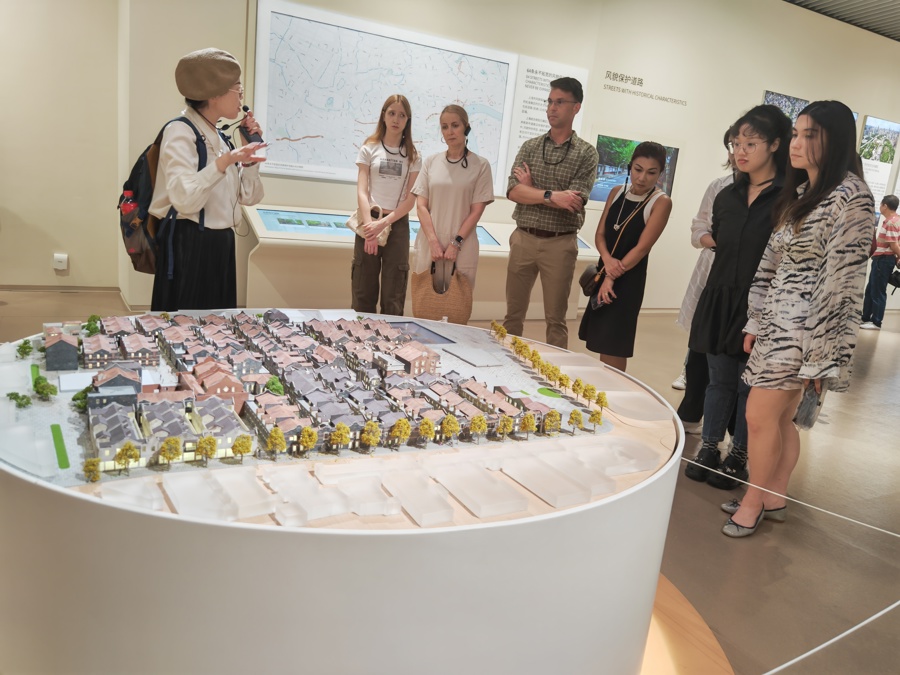
Jason, who has lived in Shanghai for many years, can speak simple Chinese. He likes to travel by bicycle and has traveled to many areas in Shanghai with his wife. Jason’s biggest gain from this visit to the Urban Planning Museum was that he matched the places he usually visited with the models in the museum. “Whenever I have a vacation, I ride a bicycle. I usually ride more than 100 kilometers each time. I have been to Jiading, Songjiang, and Qingpu. When I came here to see it, I realized that Shanghai is so big and there are endless places worth exploring.”
Italian captain Pietro has lived in Shanghai for 12 years and married a Chinese wife. What he likes most is Shanghai’s culture that embraces all rivers and the city’s characteristics that focus on quality of life. “There are cafes, parks and greenery here, and many city walks. It is a very suitable place to live. Of course, prices here are not cheap.”
After visiting the city planning museum, Pietro and his Spanish captain colleague Paul shared the same feeling: “Shanghai’s development speed is really amazing! It only took 20 years to complete what some cities in the world took 100 years to achieve. Paul added that Shanghai is a city with both a sense of history and a sense of modernity. It seems complex and diverse, but in fact it is orderly. This can be understood more clearly from the exhibits and explanations in the urban planning museum. .
During the subsequent visit to the Shanghai East Museum, the heavy flow of summer passengers made these foreign captains and their families sigh: “China has such a large population!” They were very interested in the bronzes and porcelain in the museum, and listened carefully to the tour guide’s explanation throughout the process. , and asked questions and took photos from time to time.
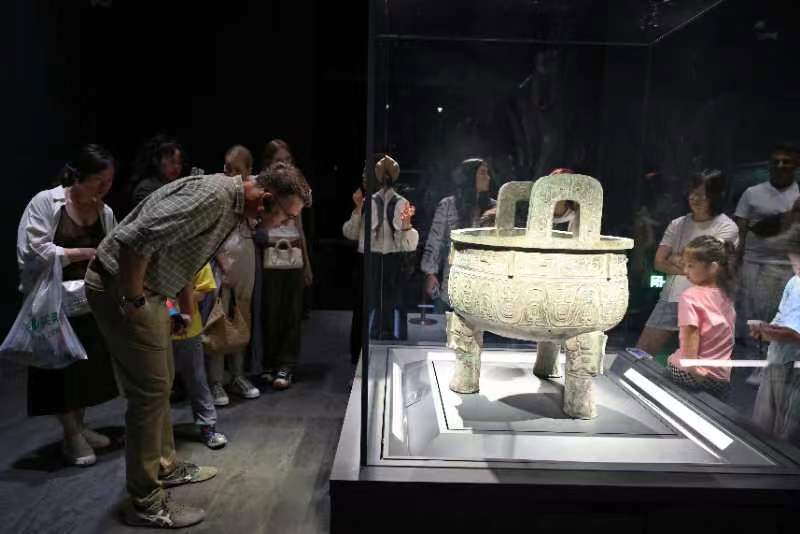
Talking about the original intention of launching this “See China in Shanghai” summer special event, Zhou Weihong, deputy general manager of the Municipal People’s Congress and deputy general manager of Spring and Autumn Tourism, said that China and Shanghai should vigorously develop inbound tourism, not only to continue to attract overseas tourists to “come in”, but also to Efforts should be made to improve the sense of gain and satisfaction of foreigners in China and Shanghai in daily life, travel and other aspects. There are currently many foreigners living or working in Shanghai. In the process of co-building and sharing a beautiful urban life, they themselves are also vivid experiencers and propagandists of Shanghai stories. This special summer activity is precisely to deepen the understanding of these foreigners and their families about the city where they live, and to further build a bridge of communication between China and the world.
In fact, many Spring Airlines foreign captains and their families have become communicators of stories about Shanghai and China. Brazilian captain Jason said that he and his wife have received many friends from abroad traveling to China in recent years, and will tell them where to eat, where to have fun, and how to take the subway in Shanghai. “Shanghai is one of the cities with the best infrastructure in the world. I always recommend my friends to try the subway lines here that extend in all directions.” Before Paul and his wife came to Shanghai, they originally had low expectations. After living in Shanghai for a while, they quickly decided they wanted to stay here longer, and their son was born in Shanghai. Now, Paul and his wife will also tell their overseas friends about Shanghai: “It is clean, safe, friendly to families and children, and there are cheap and good shared bicycle services.”
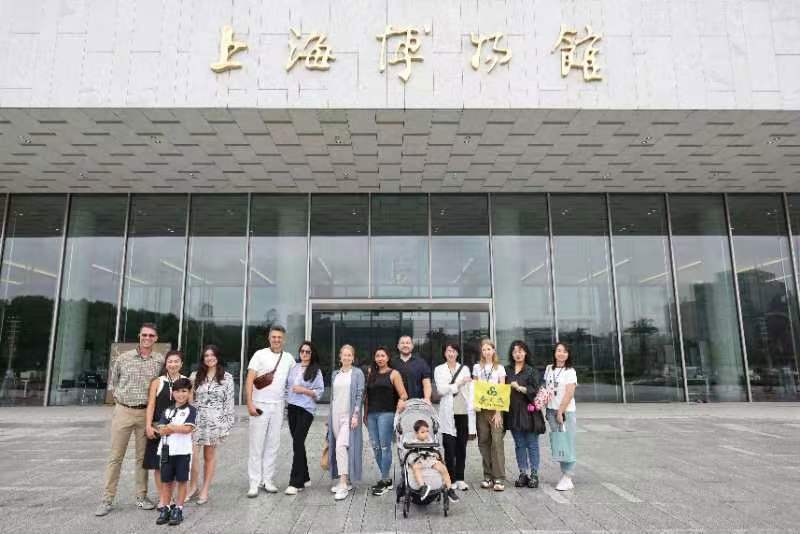
When asked what suggestions he had for China to further develop inbound tourism, Paul hoped that China would make more of its voice on overseas websites, television and social media to present a more diverse and authentic China to the world. “Many foreigners have the impression that China has a large population, but China is much more than that. There are so many interesting experiences here. Once you come here, you will feel its beauty!”

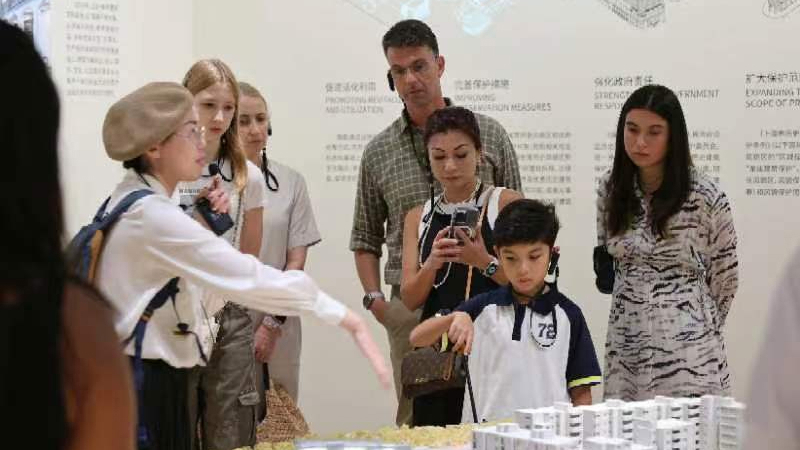

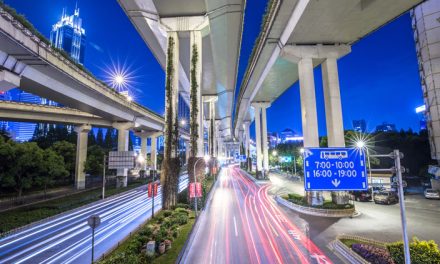
![[How To]: Explore Suzhou Creek By Boat](https://www.life-china.com/wp-content/uploads/2023/11/4f3f-eb12-4d4d-8dfe-715a9592bb09.jpg.680.0-440x264.jpg)

Recent Comments